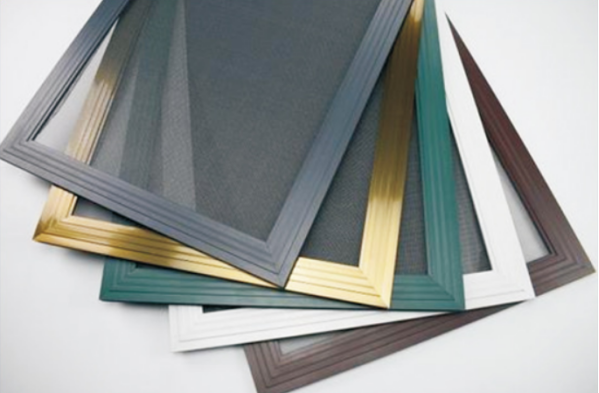The Importance of Bar Grating Treads in Modern Architecture
Bar grating treads are becoming increasingly essential in modern architecture and construction due to their unique combination of functionality, safety, and aesthetic appeal. This versatile material can be found in various applications, from industrial facilities to commercial buildings and even residential constructions. Understanding the importance and advantages of bar grating treads can help architects, builders, and homeowners make informed decisions when selecting flooring solutions.
What Are Bar Grating Treads?
Bar grating treads are typically made from materials such as steel, aluminum, or fiberglass. They are comprised of a series of parallel bars that provide a sturdy surface for walking. The gaps between the bars allow for the drainage of water, preventing accumulation and creating a slip-resistant surface. This design is particularly beneficial in environments prone to moisture, making these treads an ideal choice for outdoor spaces, walkways, and staircases.
Safety First Slip Resistance and Durability
One of the primary reasons for the growing popularity of bar grating treads is their slip-resistant properties. The open design allows for optimal drainage, reducing the risk of slips and falls in wet conditions. This feature is critical in workplaces where safety is paramount, such as factories, warehouses, and food processing plants. Additionally, many bar grating treads can be customized with coatings or finishes that enhance their grip, making them suitable for heavy traffic areas.
Durability is another significant advantage of bar grating treads. They are engineered to withstand substantial weight and resist the effects of harsh weather conditions, making them an excellent long-term investment. When properly maintained, these treads can last for decades, reducing the need for frequent replacements and contributing to lower overall lifecycle costs.
Aesthetic Versatility
bar grating treads

Beyond functionality and safety, bar grating treads offer aesthetic versatility that can complement various architectural styles. Available in different finishes and colors, these treads can be integrated seamlessly into both modern and traditional designs. Architects and builders can use them to create striking visual contrasts on staircases, walkways, or elevated platforms, enhancing the overall appeal of a space.
Environmental Considerations
In an age where environmental sustainability is a growing concern, bar grating treads present a responsible choice. Many of these products are made from recyclable materials, such as aluminum and steel, which reduces their environmental impact. Additionally, their open design facilitates water drainage and airflow, contributing to better moisture management and reducing the risk of algae growth in outdoor settings.
Easy Installation and Maintenance
Bar grating treads are designed for easy installation, saving time and labor costs during construction. Their modular nature means they can be cut to size and fitted quickly, making them a favored choice among contractors. Maintenance is also straightforward; periodic cleaning and inspections are typically all that is required to keep these treads looking and performing at their best.
Conclusion
In conclusion, bar grating treads have emerged as a vital component in modern architectural design. Their benefits, which include safety, durability, aesthetic versatility, environmental sustainability, and ease of installation and maintenance, make them an ideal choice for a wide range of applications. As safety regulations become more stringent and the demand for sustainable building materials increases, bar grating treads are poised to play an even more significant role in the future of construction. Whether it’s enhancing a commercial space or providing safety in an industrial environment, these treads offer solutions that meet both functional and aesthetic needs.
-
Why Galvanized Trench Cover Steel Grating Resists Corrosion
NewsJul.10,2025
-
The Versatility and Strength of Stainless Expanded Metal Mesh
NewsJul.10,2025
-
Load Calculations in Steel Grating Platforms
NewsJul.10,2025
-
Keeping Pets and Kids Safe with Chicken Wire Deck Railing
NewsJul.10,2025
-
Hole Diameter and Pitch for Round Perforated Metal Sheets
NewsJul.10,2025
-
Aluminium Diamond Mesh in Modern Architecture
NewsJul.10,2025
Subscribe now!
Stay up to date with the latest on Fry Steeland industry news.

